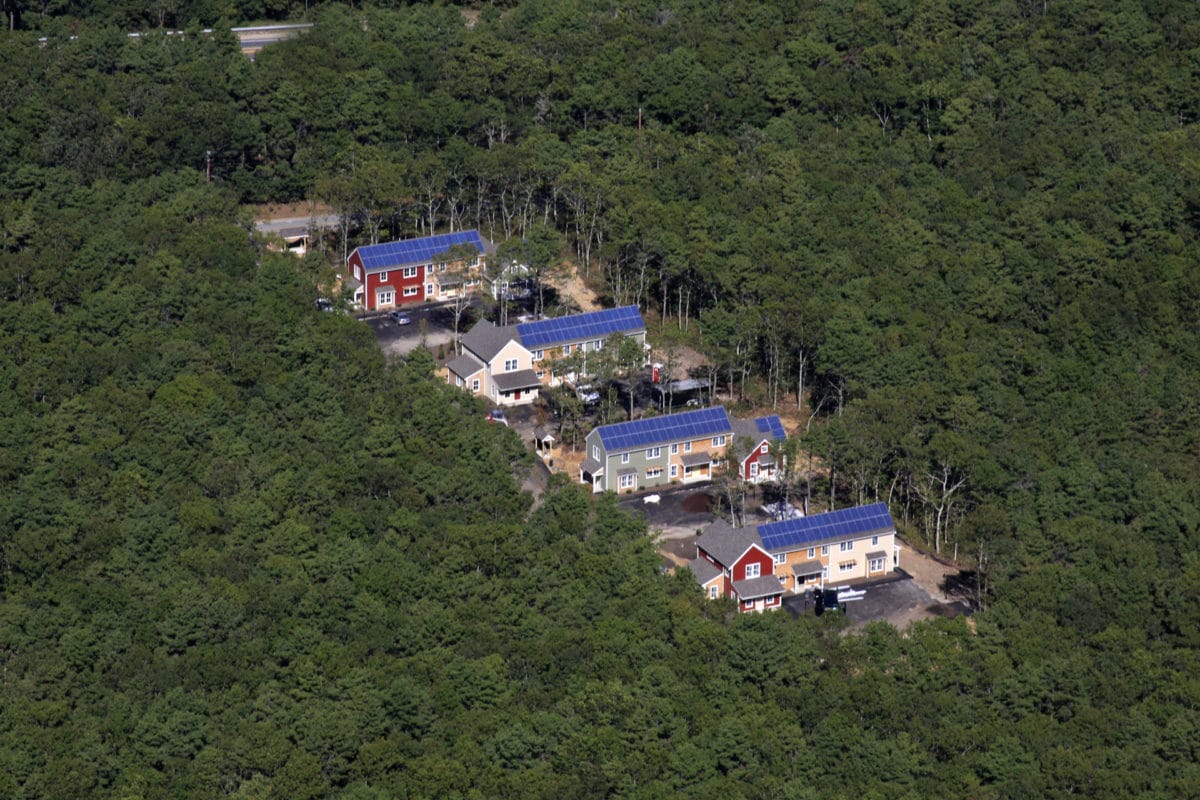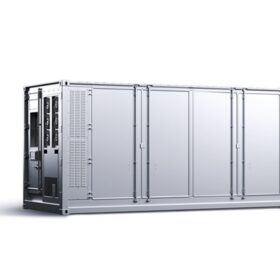The purpose of a blockchain is to store information among many, in a trusted manner – a public ledger. Its an online database, and similar to how Google ties together many disparate data centers, a blockchain ties together many individual computers. Bitcoin is used as a tool to motivate people to run the blockchain on their computer.
Another purpose of using a blockchain, in the electricity grid, would be track the usage of electricity – instantly – while connecting with many generation sources, to make sure the overall grid is supplied with a balanced amount of electricity.
And automatically, as a by product of balancing the grid among ourselves and tracking it in a public ledger, we are readying this data to be fed into automated accounting software. This can happen in near real time, with only a home computer.
And this concept is attracting more interest from not only technology enthusiasts but regulators. As the latest, earlier this week Commissioner Andy Tobin of the Arizona Corporation Commission submitted a request to open a new generic docket, titled The Commission’s Inquiry into the Role of Blockchain Technology in Arizona. (PDF)
The commissioner suggested the docket could touch on a broad range of topics:
- internet of things
- transactive energy
- cybersecurity
- utility accounting and bookkeeping
- tokenization
- tracking of renewable energy credits
- applications for distributed ledger technologies on the grid
Utility Dive’s Gavin Bade spoke with Sonia Aggarwal, VP at policy analytics firm Energy Innovation, who said:
By another name, ‘transactive energy’ is advanced rate design focused on creating a marketplace for lots of providers and consumers
The commissioner, in the press release, also quoted the Energy Blockchain Network which states that “the energy industry is entering the age of the Energy Technology Convergence”.
Common criticisms of digital currency, and their associated blockchains, are the energy usage and high data overhead. These criticisms are valid, but only for very specific digital currencies – and again – their specific blockchains. Any new organization can write its own blockchain, with a unique set of characteristics. And though there is inherent electricity usage, Bitcoin will not consume all the world’s electricity by 2020.
Multiple challenges need be met before a blockchain-based cooperative electric utility can arise, starting with a new agreement between the current electric utilities, electricity grid, and the end users. Additionally, for a transactive grid to really be transactive for many people – versus a few large corporations (the way it is today) – we’d need far more distributed energy generation and energy storage.
And in the end, if we do get these high penetrations of distributed solar+storage, V2G electric cars, and demand response, then we’ll also gain many layers of network effects. These will increase cumulatively, either by Metcalfe’s N^2 or even Reed’s 2^N, the value of this transactive energy grid.
This content is protected by copyright and may not be reused. If you want to cooperate with us and would like to reuse some of our content, please contact: editors@pv-magazine.com.








By submitting this form you agree to pv magazine using your data for the purposes of publishing your comment.
Your personal data will only be disclosed or otherwise transmitted to third parties for the purposes of spam filtering or if this is necessary for technical maintenance of the website. Any other transfer to third parties will not take place unless this is justified on the basis of applicable data protection regulations or if pv magazine is legally obliged to do so.
You may revoke this consent at any time with effect for the future, in which case your personal data will be deleted immediately. Otherwise, your data will be deleted if pv magazine has processed your request or the purpose of data storage is fulfilled.
Further information on data privacy can be found in our Data Protection Policy.